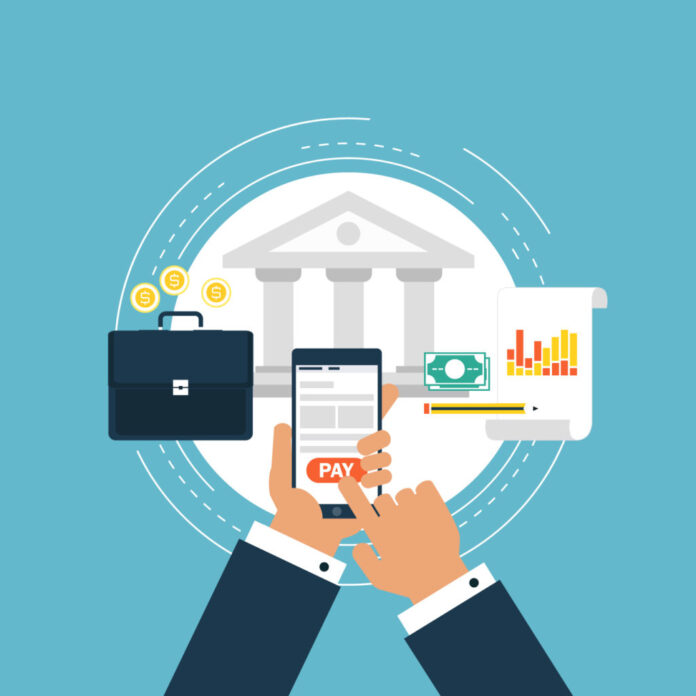Payday loans are advertised as a quick and easy solution for people who need cash in a hurry. However, what many people don’t realize is that payday loans come with hidden costs that can add up quickly and cause significant financial stress. In this post, we’ll take a closer look at the fees and interest rates associated with payday loans and explore the hidden costs you need to be aware of before considering a payday loan.
General info
They are short-term loans that typically range from $100 to $2,000 and are due on the borrower’s next payday. They are easy to obtain, usually requiring only proof of income and a checking account. However, the convenience comes at a steep price. Borrowers are typically charged fees and high interest rates that can quickly add up, making it difficult to pay back and get out of debt.
Fees

Lawyers from Bellissimo law firm told is if you’re considering a payday loan, it’s important to understand the fees that are associated with these types of loans. Here are some of the most common fees you may encounter:
- Application fees: Some payday lenders charge an application fee when you apply for a loan. This fee can range from $10 to $50 or more, depending on the lender.
- Processing fees: Payday lenders may also charge processing fees. These fees are typically deducted from the amount, so you’ll receive less money than you requested.
- Late payment fees: If you’re unable to repay it on time, you may be charged a late payment fee. This fee can be as high as $50 or more and can quickly add up if you’re unable to repay it quickly. Similar to previous to fees and that’s why you have to be extra-careful.
- Prepayment fees: Some payday lenders charge prepayment fees if you repay the loan early. These fees can be as high as the interest charged for the entire loan.
Lenders may also charge other fees, such as check cashing fees, credit report fees, or even fees for using a debit card to make a payment.
Interest rates

In addition to fees, they come with high interest rates that can quickly add up. Here’s what you need to know about interest rates.
Payday loan interest rates are typically expressed as an annual percentage rate (APR). This is the interest rate you would pay if you borrowed the same amount of money for an entire year. APRs can range from 200% to 500 % or more, depending on the lender and the state in which you live.
To put this in perspective, the average credit card APR is around 15%, while the average interest rate for a personal loan is around 10%. Payday loan APRs are significantly higher than these rates, making them a very expensive option for borrowing money.
High interest rates mean that borrowers end up paying back much more than they borrowed, which can make it difficult to pay off and can lead to a cycle of debt.
Hidden costs

The hidden costs go beyond the fees and interest rates associated with it. Here are some of the other costs you should be aware of.
- Cycle of debt: They are designed to be short-term loans, but many borrowers find themselves unable to pay off on time and end up rolling the loan over into a new one. This can create a cycle of debt that’s difficult to break, as the borrower ends up paying more and more in fees and interest without ever fully paying off.
- Impact on credit score: If you’re unable to pay off, it can have a negative impact on your credit score. Lenders don’t report to credit bureaus, but if you default on it, the lender may send your debt to a collection agency, which will report the debt to credit bureaus. This can lower your credit score and make it more difficult to obtain credit in the future.
- Difficulty in paying off: Not everyone will be able to pay off such a huge amount of money in such a short term. Since you need to borrow money, that implies you have financial difficulties and it is highly questionable how you will get grip of enough money to pay it back on time.
- Impact on health: Huge stress of having to repay money in short term can leave consequences on your mental and physical health. Mental health problems are even more common and many people report anxiety and depression. All that can reflect on physical health problems, especially with heart and stomach.
Alternatives

Fortunately, there are several alternatives to payday loans that borrowers can consider. Personal loans are a type of installment loan that typically have lower interest rates and longer repayment terms. They are often offered by banks, credit unions, and online lenders.
Credit cards can be used to cover unexpected expenses and can be a more affordable option if the borrower pays off the balance in full each month. Non-profit credit counseling organizations can help borrowers create a budget and develop a debt management plan to pay off their debts.
Taking on a side job or gig work can provide extra income to cover unexpected expenses. Borrowing from friends or family can be a low-cost alternative, but it’s important to have a repayment plan in place to avoid damaging the relationship.
Depending on the borrower’s circumstances, they may be eligible for government assistance programs. Applying for it can be more complicated though.
Conclusion:
Payday loans may seem like a quick solution to financial emergencies, but their high fees and interest rates can lead to a cycle of debt that is difficult to break. It’s important to understand the true cost and explore alternative options before taking on this type of debt. By building an emergency fund, seeking out personal loans or credit counseling, and considering other sources of assistance, borrowers can avoid the hidden costs of payday loans and make more informed decisions about their finances. It’s time to break the cycle of debt and take control of our financial futures.








